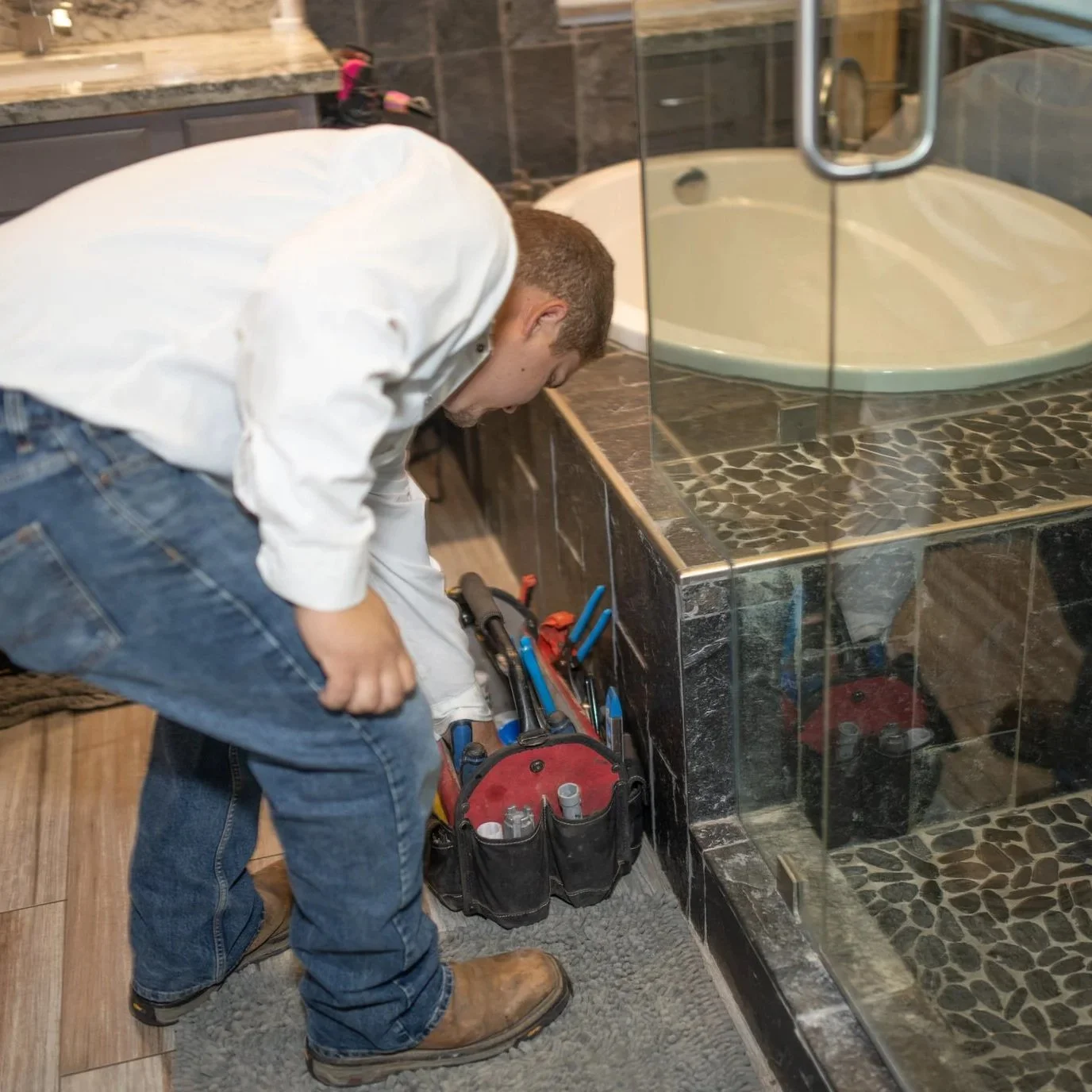How Pinhole Leaks Lead to Costly Water Damage
Small, almost invisible, and deceptively innocent at first glance, they create a path for water to wreak havoc behind the walls and under the floors.
Pinhole leaks are the quiet troublemakers of the plumbing world. Small, almost invisible, and deceptively innocent at first glance, they create a path for water to wreak havoc behind the walls and under the floors. It starts with a slow drip, barely noticeable—until the drywall bubbles, the flooring warps, or the utility bill climbs without explanation. These tiny breaches in copper or aging pipes don’t ask for much attention at the beginning, but they certainly demand it later.
What Makes Pipes Start Leaking
Pipes endure a lot over the years. Shifts in pressure, temperature changes, and natural aging all wear on the interior of the plumbing system. In copper pipes, one of the more common culprits is internal corrosion. Water flow can wear away at the inside, especially in areas with aggressive or unbalanced water chemistry. Tiny imperfections or pitting lead to weak spots, and over time, a pinhole leak develops.
It doesn’t need to be dramatic to be dangerous. A leak the size of a needle point can still release gallons of water a day. In the wrong spot, even that small amount creates the perfect environment for mold, mildew, and structural damage. Unlike a burst pipe, which demands immediate action, a pinhole leak works slowly, quietly inviting damage to spread out of sight.
Why Small Leaks Cause Big Problems
Water never stays in one place. It travels along beams, behind insulation, and into the gaps and corners that are difficult to dry. A pinhole leak might soak into the structure for weeks before showing any surface symptoms. By the time the wall is stained or the baseboard starts to pull away, the damage has had plenty of time to grow legs.
Moisture trapped in enclosed spaces leads to more than just cosmetic issues. Mold spores thrive in warm, damp environments. Once they take hold, remediation becomes far more involved than a plumbing repair. Materials often need to be removed, replaced, and treated to make the home safe again.
The financial toll doesn’t stop with drywall and flooring. Electrical wiring, insulation, cabinetry, and personal belongings can all fall victim to hidden leaks. Insurance claims may help, but prevention costs far less than restoration. A tiny hole in the plumbing can snowball into a five-figure renovation project if left unchecked.
Clues That Point To Pinhole Trouble
Catch a pinhole leak early, and it usually stays manageable. The challenge lies in noticing the signs before the damage escalates. Unexplained drops in water pressure, damp spots on ceilings or walls, warped flooring, or that telltale musty smell often point to water leaking behind the scenes.
In some cases, a spike in the water bill becomes the first red flag. The water disappears into the wall, but the meter keeps track. Copper piping with visible green or bluish stains can also indicate corrosion at work, quietly carving out the next leak site.
Even small, isolated damp patches shouldn’t be brushed off. They often point to a slow leak quietly doing its work behind the scenes. Waiting for it to become obvious can mean the difference between a small repair and a major restoration project.
Why Repiping Is The Long-Term Solution
Temporary repairs might patch a pinhole leak, but they rarely stop the cycle. A pipe that leaks in one spot is often on its way to leaking in others. Instead of chasing leaks around the house with clamps and sealants, repiping replaces the entire aging network with durable, modern materials.
PEX piping, for example, resists scale buildup and corrosion, handles pressure shifts well, and flexes with minor structural movement. It’s a quiet powerhouse that reduces the risk of future leaks. Copper still holds its own when properly installed and treated, but older systems often need more help than one patch can provide.
Repiping creates a fresh start. It removes the guesswork and prevents further damage by eliminating the underlying issue—the aging, weakened pipe system that keeps springing leaks. It’s not just a plumbing upgrade; it’s a home protection plan.
The Ripple Effect On Home Systems
Water damage doesn’t play favorites. Once it starts, every part of the home feels the ripple effect. Insulation loses its effectiveness. Wood warps and rots. Flooring starts to buckle. HVAC systems, if located near affected areas, may begin circulating moisture-laden air that spreads mildew and musty smells throughout the house.
When pinhole leaks continue unchecked, the environment within the home starts to shift in subtle but damaging ways. The air feels damp. Surfaces never seem quite dry. Over time, even indoor air quality suffers, triggering allergies or respiratory issues for the household.
Tackling the plumbing issue at the source saves more than just the structural integrity of the home. It preserves comfort, safety, and long-term livability—without requiring a full-blown water damage recovery mission.
Peace Of Mind Starts With Dry Pipes
No homeowner wants to deal with water damage. It’s messy, expensive, and invasive. Pinhole leaks have a way of slipping through unnoticed, quietly undoing everything behind the drywall. The solution doesn’t lie in patching pipes one by one but in addressing the system as a whole.
Repiping might feel like a big step, but it clears out decades of wear and replaces it with confidence. Once the pipes are fresh, reliable, and leak-free, the fear of water damage fades into the past—right where it belongs. With dry walls and solid pipes, the home can breathe easy again.
If you need a licensed, bonded, insured plumber for your Phoenix area leak or your next plumbing project, call MNS Plumbing today.

